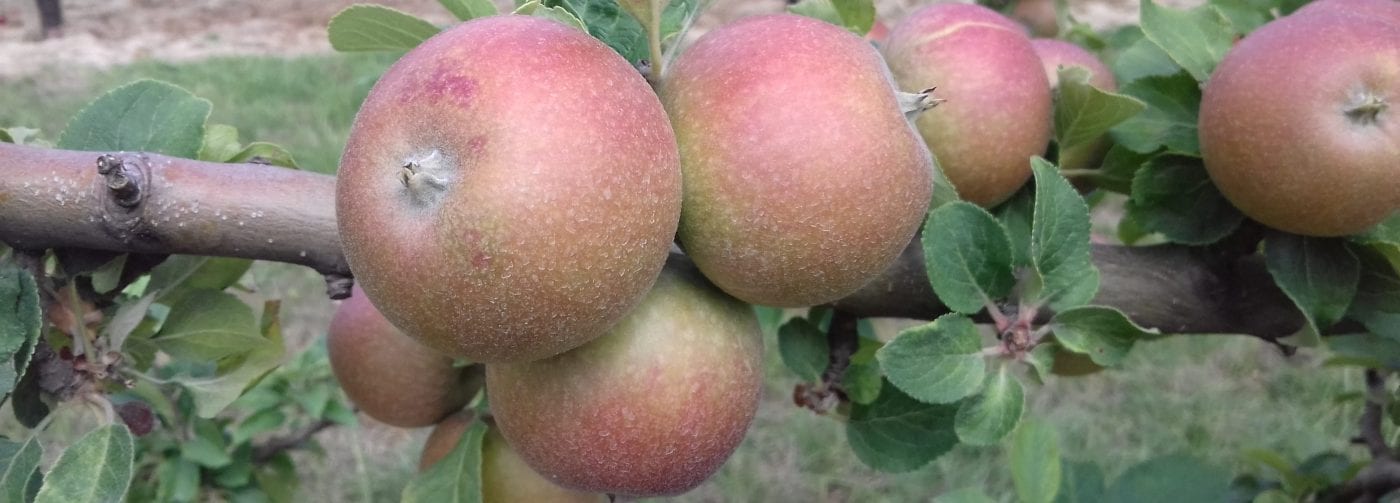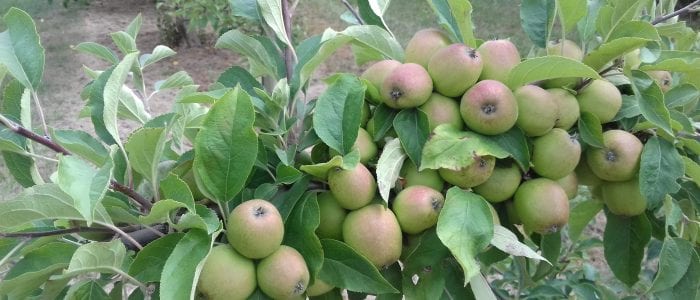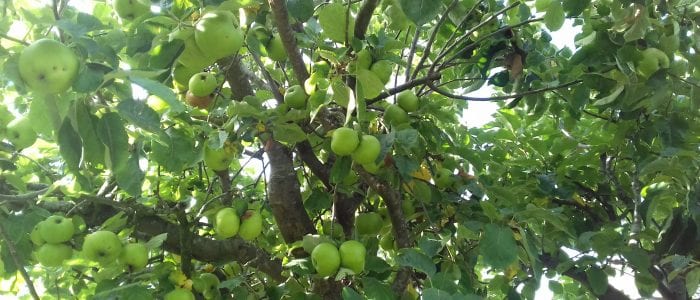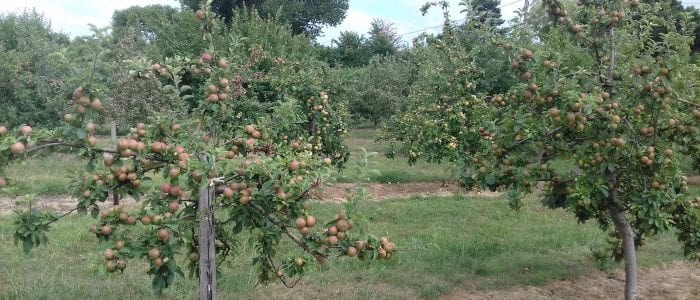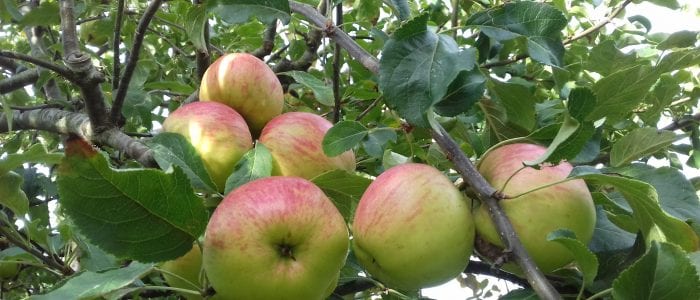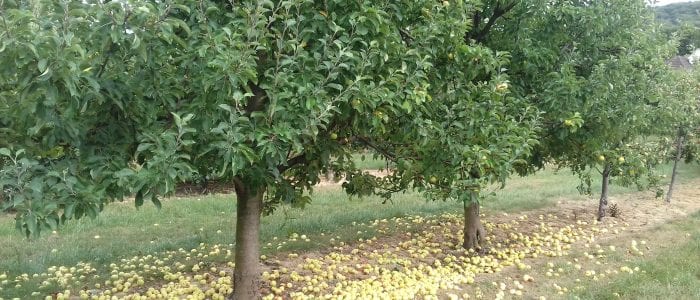The Bristol Cider Apple Project
Somerset has a rich and diverse history of cider making. For exactly one hundred years (1903 to 2003) the Fruit and Cider Institute at Long Ashton Research Station was responsible for both breeding famous varieties such as Ashton bitter and for introducing new varieties (such as Katy) to UK cider makers. Although the institute closed in 2003, many of these varieties are still in use today and many more probably remain in local orchards known only to local small-scale cider makers.
Here at Bristol University, a small band of researchers, many of whom were ex-Long Ashton employees, are becoming increasingly concerned that while many of the Institute varieties had been physically described (for instance by Liz Copas; the last Long Ashton Pomologist), their genetic legacy might soon be lost forever.
To stop the South West losing this heritage, we intended to use the very latest technologies to genetically fingerprint as many Long Ashton Varieties as we can locate. In doing this, we hope to provide future workers with both a method for the identification of newly discovered trees and we will help to identify if Somerset cider apples have unique genetic characteristics.
In addition, and in recognition that Somerset cider makers generate what is probably the best cider in the world, we would like all of the local cider makers to tell us about their favourite trees. So, if you have a favourite tree that you believe generates the best Somerset cider, we would like to hear from you and, who knows, we might include your tree in our project.
To contact us simply click on the Contact page in the top menu bar.
